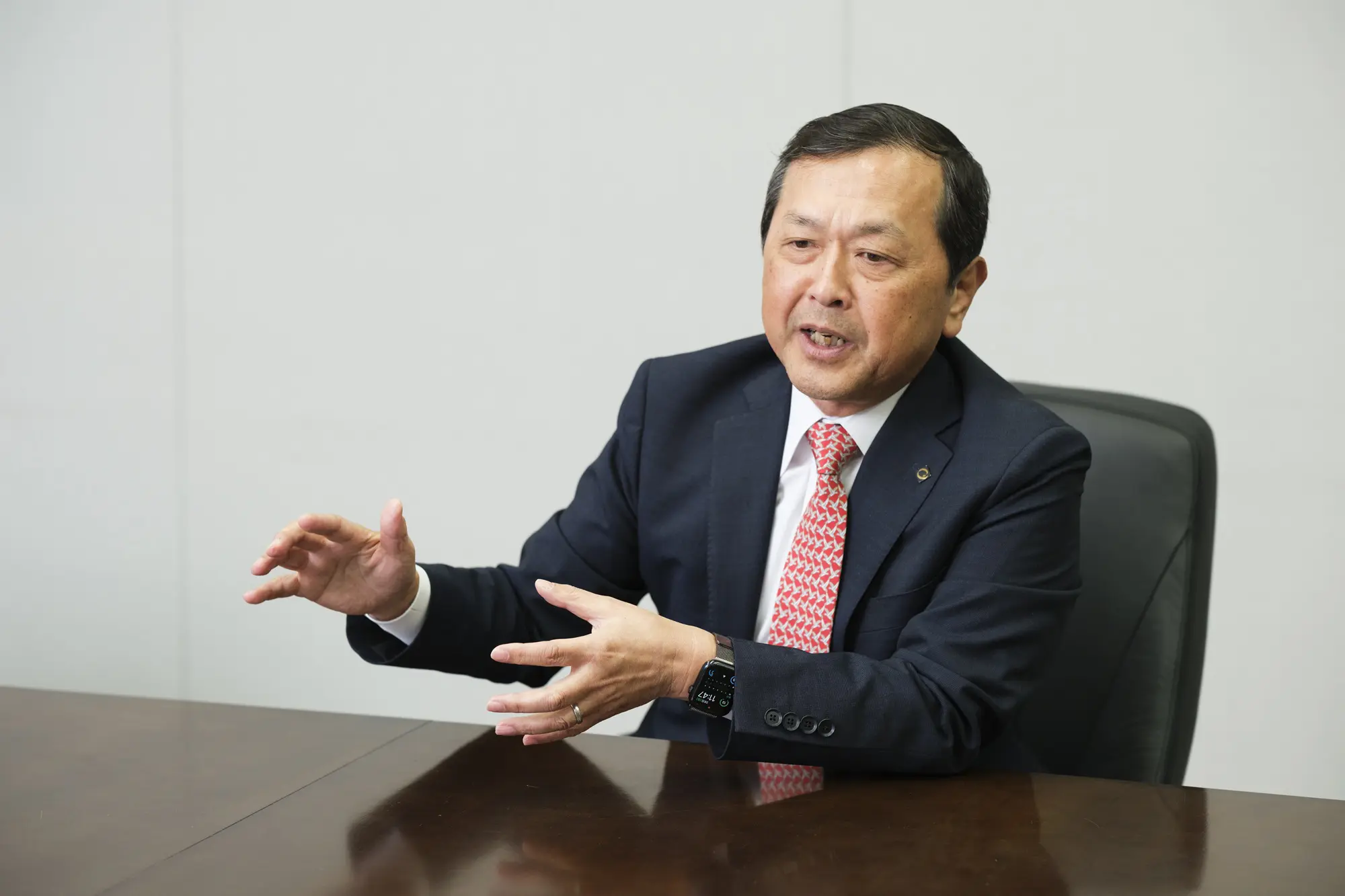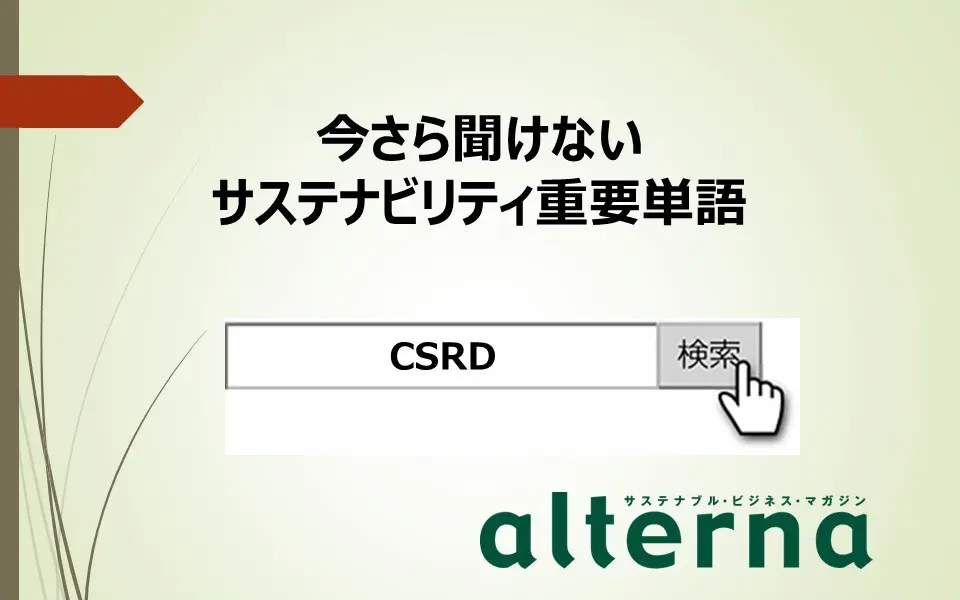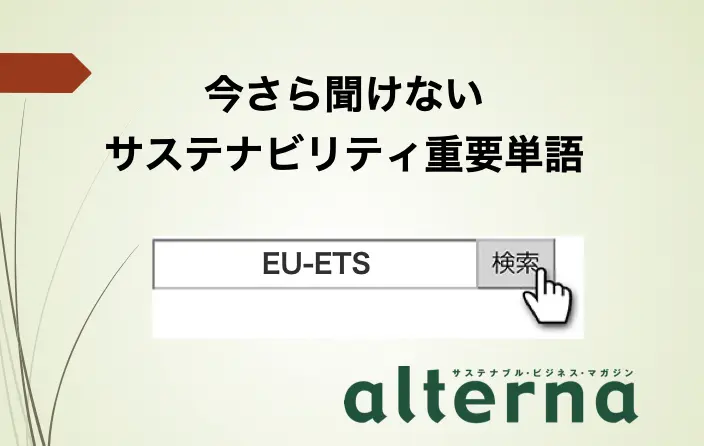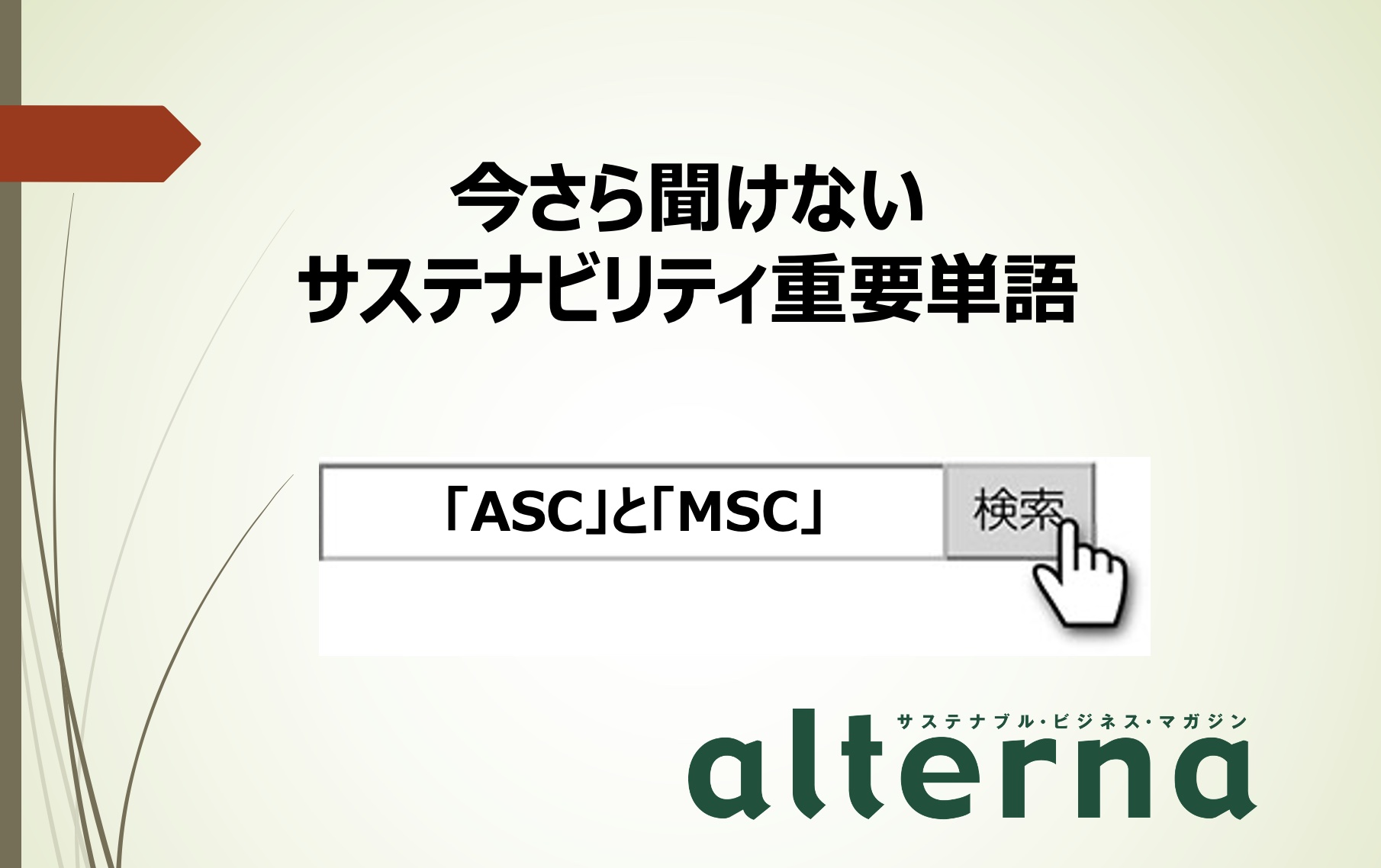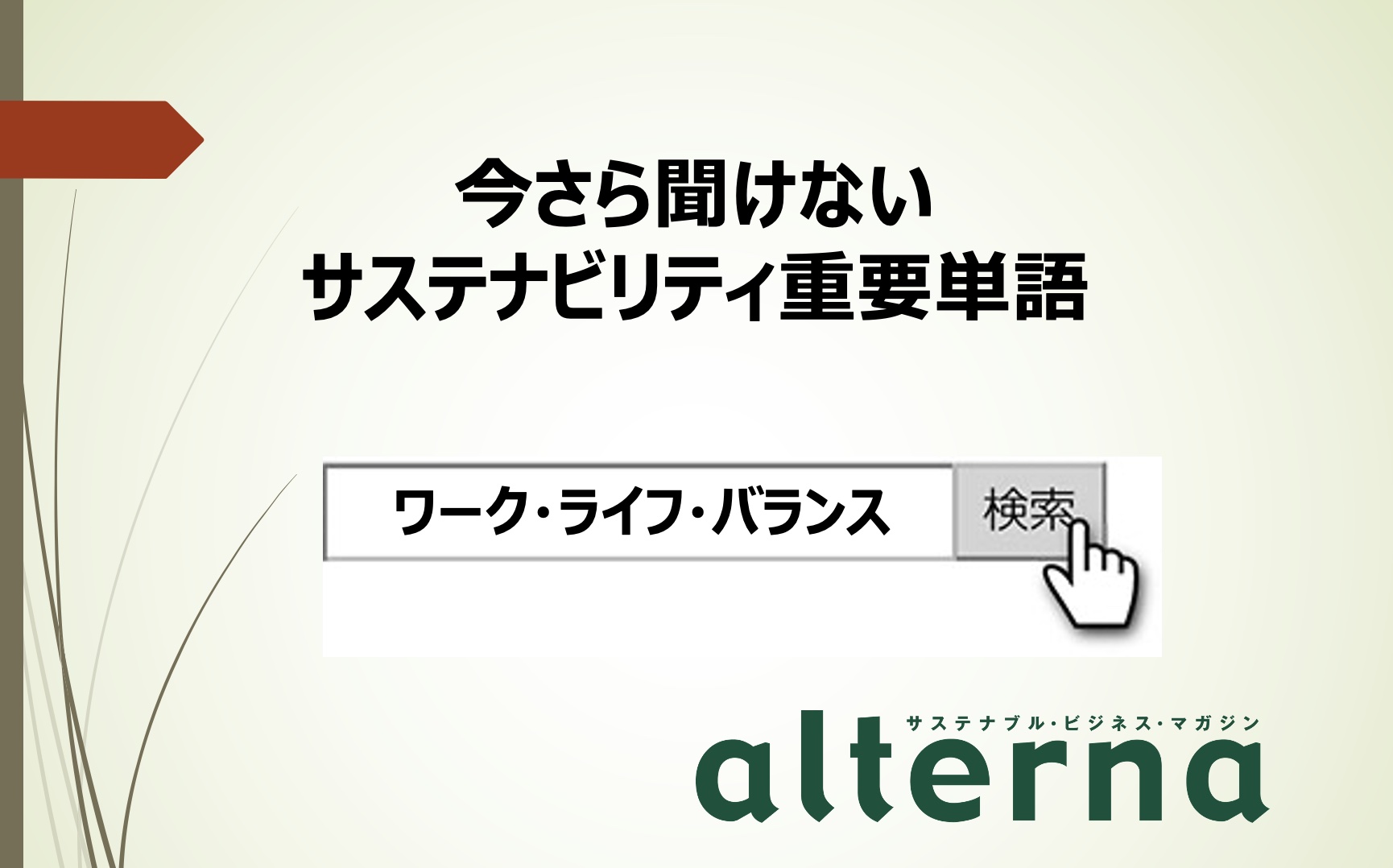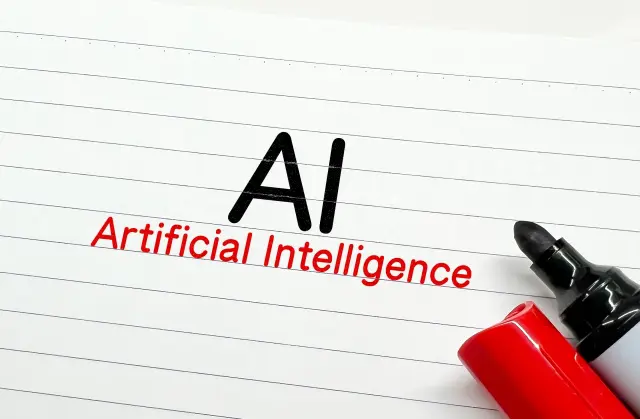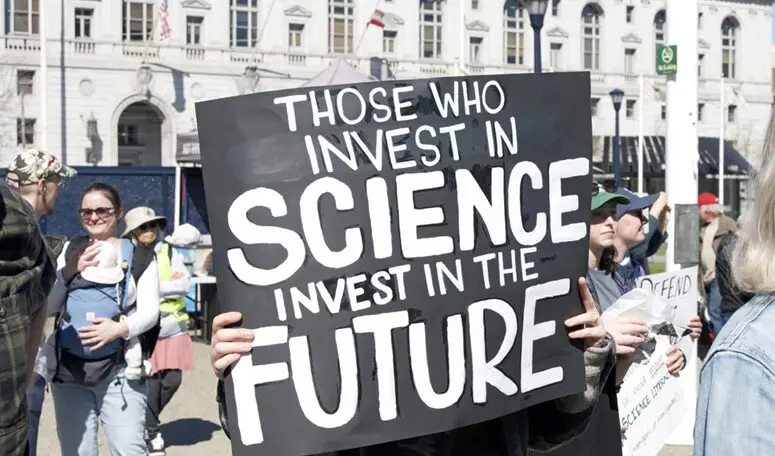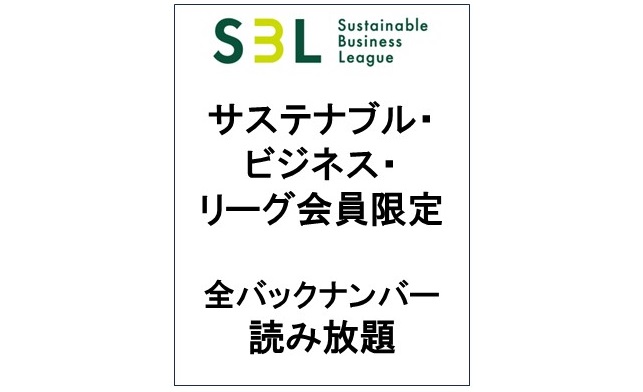立春をすぎましたが、まだまだ寒いですね。
いよいよChapter 4に入ります。重要なトピック、キーワードを軸に、それが現在どうしてどのように重要なのか、国内外の現状はどうなっているのか、課題があるとすれば何か、どのように取り組んでいくべきか、といった事柄が述べられています。これまでの発展形とも言えます。
今月はLesson 1 “Global Climate Change Negotiations in Motion” 「グローバルな気候変動交渉の動き」を読みます。専門的な語彙が多く出てきます。この機会にぜひ整理しておきましょう。
【語注】
concentration 濃度
greenhouse gas 温室効果ガス
fossil fuel 化石燃料
global warming 地球温暖化
climate change 気候変動
stabilize 安定化する
ratify 批准する
obligations 義務
mitigation 緩和 (mitigate 緩和する)
measure(s) 方策
contain 抑える
address 取り組む
pledge 制約する
combat 戦う、対抗する
dissemination 普及
■気候変動枠組条約と京都議定書
The increased concentration of CO₂ and other greenhouse gases in the atmosphere due to the burning of fossil fuels caused concern that global warming and climate change threatens the ecosystem and the economic activities and livelihoods of all humankind. In response, the United Nations Framework Convention on Climate Change (UNFCCC) was formulated in 1992 with the ultimate goal of stabilizing the concentration of greenhouse gases in the atmosphere. In 1997, the Third Conference of the Parties to the United Nations Framework Convention on Climate Change (COP3) was held and the Kyoto Protocol was adopted.
化石燃料の燃焼によるCO₂などの温室効果ガスの大気中濃度が高まったことで、地球温暖化・気候変動が生態系や人類の経済活動・生活を脅かすことが懸念されています。これに対し、大気中の温室効果ガス濃度の安定化を究極目標とする「気候変動枠組条約」が1912年に策定されました。1997年には第三回気候変動枠組条約締約国会議(COP3)が開催され、京都議定書が採択されました。
in responseは「~に対応して」。前の文を受けて「それに応える形で」というニュアンスです。
the United Nations Framework Convention on Climate Change (UNFCCC) 「気候変動枠組条約」ですが、これ以外の場合でも (a)framework conventionは「枠組条約(協定)」となります。
COPは締約国会議(Conference of the Parties)ですね。
国連気候変動枠組条約締約国会議(COP)・京都議定書締約国会合(CMP)・パリ協定締約国会合(CMA) | 地球環境・国際環境協力 | 環境省 (env.go.jp)
上記に取り上げられている条約・協定の概要については以下のサイトをご参考に。
COP3 (mofa.go.jp)
As a result, numerical targets for developed countries were set for the first commitment period from 2008 to 2012. However, global greenhouse gas emissions have continued to increase due to the failure of the United States to ratify the agreement and the lack of obligations of emerging and developing countries.
この結果、2008年から2012年の第一約束期間で先進国における二酸化炭素排出量削減の数値目標が定まりました。ただし米国が批准せず、また新興国・途上国が削減義務をもたないなどの問題もあり、世界の温室効果ガス排出量は増大し続けました。
numerical target は「数値目標」です。quantitativeindicatorsともいいます。
■2013年以降の取り組みとパリ協定の採択
International negotiations on climate change mitigation measures have not been going well due to conflicting national interests, as the efforts for reducing greenhouse gas emissions have significant effects on the economy of each country. There is a growing awareness of the need to address the losses and damage caused by climate change that could not be contained by mitigation and adaptation measures, as well as adaptation measures to prevent and mitigate the damage caused by climate change through the regulation of natural and social systems.
各国経済への影響が大きいため、温室効果ガス排出削減(気候変動緩和策)の国際交渉は国益が対立し、なかなか進捗しません。自然・社会システムの調節で気候変動の被害を防止・軽減する適応策に加え、緩和策・適応策でも抑えられない気候変動による損失と被害への対応策に関する認識が高まっています。
contain はもちろん「含む、包含する」ですが、「封じこめる、阻止する」「(感情を)抑える」という意味でも使います。
While developed countries pledged $100 billion a year to developing countries by 2020 to combat climate change, many of them have fiscal deficits so that they could release their public funds only in a limited way. For this reason, there are high expectations for private sector funding. Japan announced that it will not have a numerical target for reductions in the second commitment period of the Kyoto Protocol after 2013. Instead, like the United States, which has not joined the Kyoto Protocol, and emerging countries such as China, which are not obligated to have targets, Japan has set reduction targets that are not based on the Kyoto Protocol
先進国は途上国に対し、2020年までに年間1000億ドルの気候変動対策のための資金拠出を約束しました。しかし先進国の多くは財政赤字を抱え、公的資金捻出には限りがあるため、民間資金への期待が高まっています。日本は2013年以降の京都議定書第二約束期間では、削減のための数値目標を持たないことを表明しました。ただし、京都議定書に参加しない米国や目標を持つ義務のない中国などの新興国と同じく、京都議定書には基づかない形で削減目標を設定しました。
release funds は「資金を拠出する」in a limited way は「限定的に」です。
At COP21 in 2015, the Paris Agreement established the goal to keep the average global temperature increase well below 2°C and 1.5°C, as well as below pre-industrial CO₂ emission levels, and to reduce greenhouse gas emissions to virtually zero in the second half of the 21st century. Each country voluntarily sets out its own targets and initiatives, which are then reviewed and checked internationally to provide input, with Japan submitting a target of a 26% reduction in emissions by 2030 compared to 2013. The Paris Agreement entered into force in November 2016.
2015年のCOP21では、パリ協定として世界の平均気温上昇を産業革命前に比べて2℃より十分低く保ち、1.5℃に抑える努力をすること、21世紀後半には温室効果ガス排出量を実質ゼロにすることなどが定められました。各国が自主的に目標や取り組みを示し、それに対して国際的にレビューチェックを行って意見を出しあう仕組みとなり、日本は2030年度に2013年度比26%減という目標を提出しています。パリ協定は2016年11月に発効しました。
virtually(virtual) は「バーチャル」(現実世界ではなく)の意味でお馴染みですが、ここでは「実質上」です。「事実、~といってもいいくらい」という強めの意味あいです。
voluntarily(voluntary)という単語が用いられていますが、compulsory(強制の、必須の) あるいはmandatory(法令による義務的な)の反対語と考えるとわかりやすいでしょう。
entered into force 「(条約などが)発効する」です。
■問題解決のカギは企業
The key to solving the problem is to involve corporations in the mitigation of climate change. Companies are expected to play a role in solving the problem as follows:
1) Mitigation: In addition to reducing emissions in developed countries, it is necessary to reduce emissions in emerging and developing countries. The important thing is development and dissemination of innovative, low-cost energy-saving and renewable energy technologies and products that enable the spread of these technologies to develop countries.
解決のカギとなるのは、企業を気候変動の緩和策に巻き込むことです。以下の通り企業の役割が期待されます。
1)緩和策 先進国の排出削減に加え、拡大する新興国・開発途上国における排出削減が求められます。途上国への普及を可能とする低価格の革新的な省エネ・自然エネルギー技術・製品の開発と普及が重要です。
2) Adaptation and Harm Reduction: Expectations for adaptation and loss control initiatives of domestic and international companies are also increasing.
3) Funding & Investing: Though companies are required to tackle climate change even if it doesn’t lead to profits, it would be desirable for them to recoup the investment for climate change actions and get profits from them.
2)適応策・損失対策 国内外の適応策・損失対策に対する企業の取り組みへの期待も高まっています。
3)資金拠出・投資 利益に結びつかなくても気候変動に取り組むことが重要ですが、企業は気候変動対策のための投資を回収し利潤を生み出すことが望ましいでしょう。loss control は「損失管理」です。
2020年以降の気候変動に対する取り組みについては、こちらのサイトがわかりやすく整理されています。2020年以降の枠組み:パリ協定|外務省 (mofa.go.jp)
半ば私的な話でもありますが、中学・高校時代の友人である阿部彩子氏が東大(大気海洋研究所 気候システム研究系気候変動現象研究部門)で、地球温暖化のメカニズム解明に取り組んでいます。2月2日読売新聞夕刊「知のリレー」でも紹介されました。
今月はここまでです。また来月お目にかかりましょう。



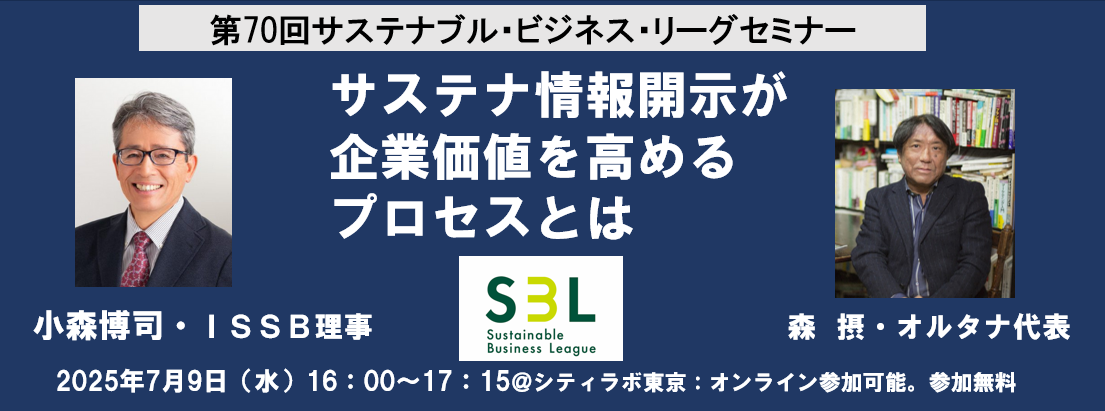





-1-scaled.jpg)

-scaled.jpg)
